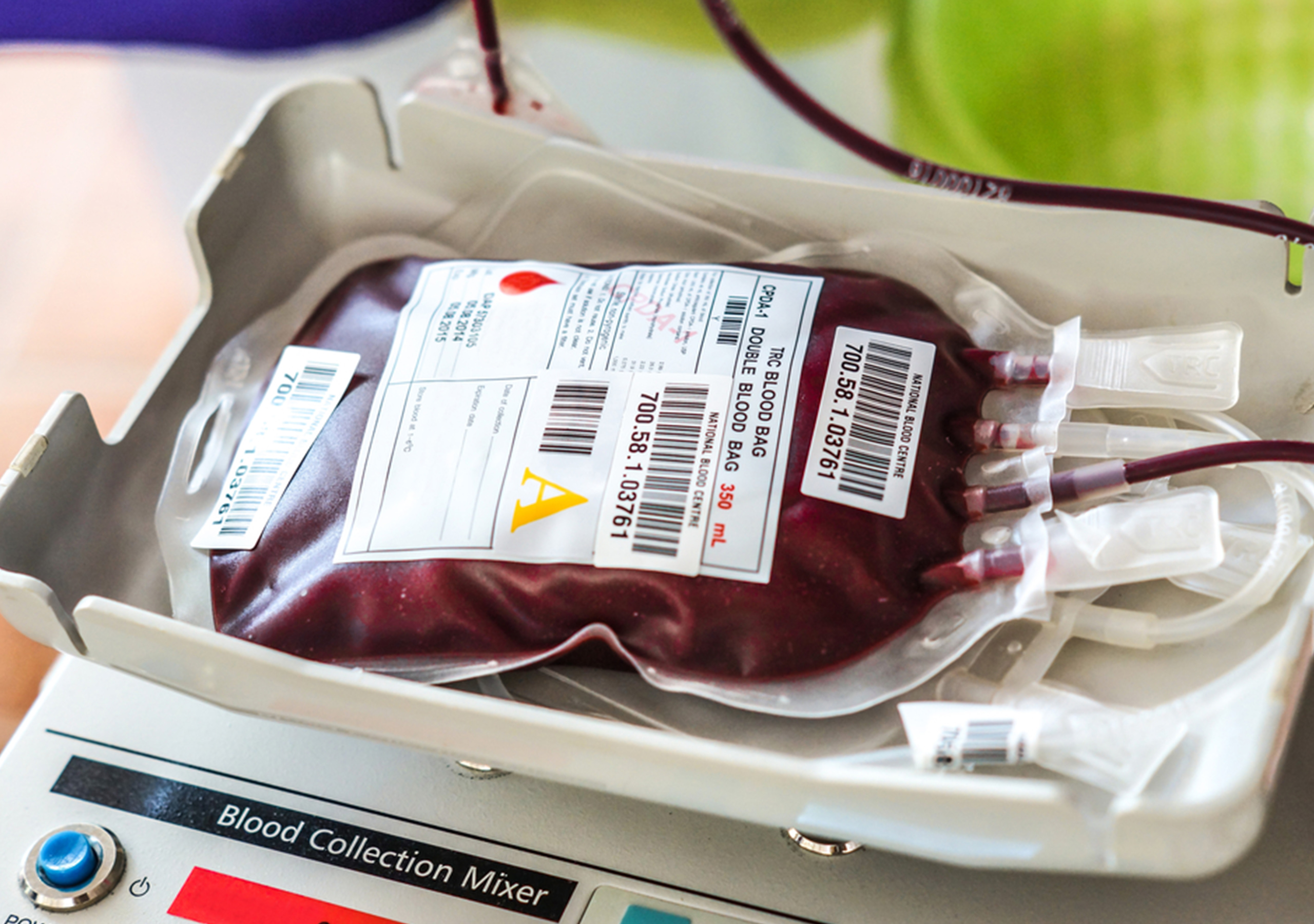
Evidence-based patient blood management (PBM) strategies offer significant clinical benefits. Conservation techniques, in particular, help minimize the use of allogeneic red blood cell transfusion, which has been shown to increase the risk of postoperative complications, readmissions, and mortality among patients. Because of the importance of this area of study, SpecialtyCare researchers continue to drill down and analyze the perfusion and autotransfusion cases in SCOPE, the SpecialtyCare Operative Procedural Registry™, to examine the impact of various strategies, develop best practices, and improve patient outcomes.
 Our most recent research includes a review of gender-based differences that influence transfusion rates, the use of ultrafiltration during cardiopulmonary bypass (CPB), and the effectiveness of acute normovolemic hemodilution and autologous priming in the operating room. At the American Society of ExtraCorporeal Technology (AmSECT) meeting last month in Boston, my medical office colleagues, Linda Mongero, CCP, and Al Stammers, MSA, CCP, presented two new studies that examine cardioplegia solutions and techniques and their impact on glucose levels, hemodilution, and transfusion.
Our most recent research includes a review of gender-based differences that influence transfusion rates, the use of ultrafiltration during cardiopulmonary bypass (CPB), and the effectiveness of acute normovolemic hemodilution and autologous priming in the operating room. At the American Society of ExtraCorporeal Technology (AmSECT) meeting last month in Boston, my medical office colleagues, Linda Mongero, CCP, and Al Stammers, MSA, CCP, presented two new studies that examine cardioplegia solutions and techniques and their impact on glucose levels, hemodilution, and transfusion.
I presented our third research study at the AmSECT meeting, The Influence of Intraoperative Autotransfusion on Postoperative Hematocrit following Cardiac Surgery. Based on 3,225 adult cardiac procedures between February 2016 and January 2017 at 84 U.S. hospitals, the study was designed to evaluate the effects of intraoperative autotransfusion on overall hematocrit (Hct) drift between initiation of cardiopulmonary bypass and the immediate postoperative period. Our findings have shown that autotransfusate volume is positively associated with increases in postoperative hematocrit. This proposed predicted Hct drift model may allow bedside team members and physician staff time to evaluate all critical factors knowing the Hct will elevate to a target range and thwart a potential allogeneic transfusion, a key outcomes indicator.
Continuing research on blood management strategies, driven by clinical perfusionists in collaboration with our physician colleagues, helps us understand the interdependence of the body’s delicate mechanisms and enables us to identify the optimal thresholds for homeostasis and healing. As SpecialtyCare and other organizations, such as the Society for the Advancement of Blood Management, add to the clinical knowledge of PBM, healthcare providers are discovering that evidence-based techniques across all phases of a surgical procedure help patients recover faster and with better long-term results. And, increasingly, hospital administrators recognize that more sophisticated patient blood management strategies—especially those that avoid allogeneic blood transfusion—keep costs down and increase the value of healthcare delivery.
LEARN MORE ABOUT PERFUSION
LEARN MORE ABOUT AUTOTRANSFUSION
###
Editor’s note: We encourage you to explore our Resource Library for additional research, or contact the members of our medical office to discuss our latest findings. We also invite you to learn more about SpecialtyCare’s autotransfusion services and the clinical quality data used in this study on postoperative hematocrit levels.



Comments are closed.